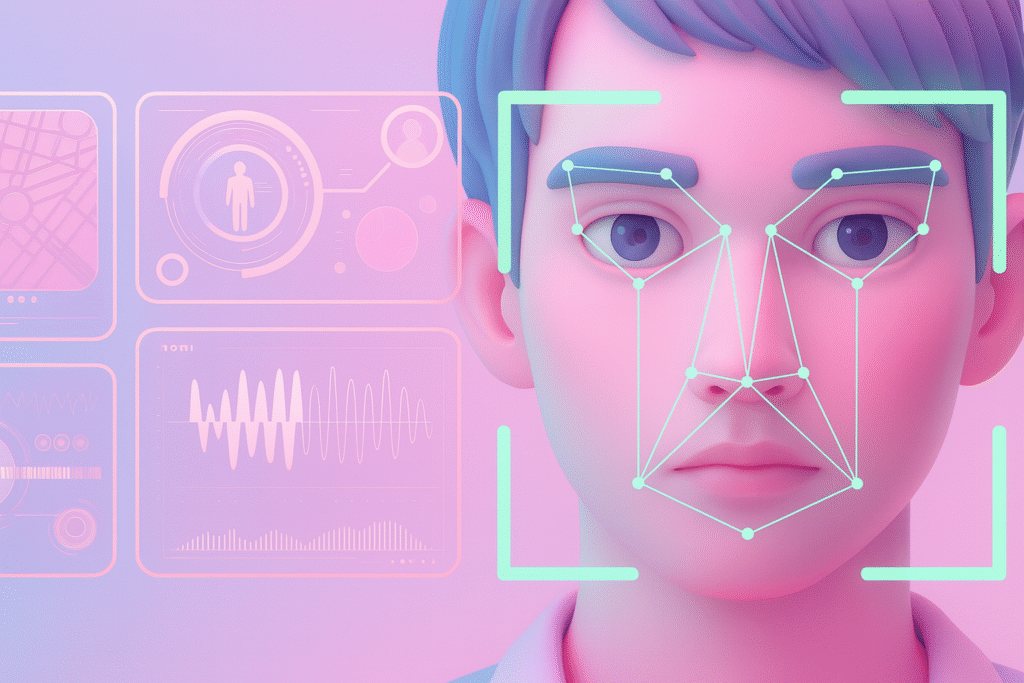Due to the changes in the digital world, the threats to online identity and trust are changing as well.
With more and more transactions conducted remotely, virtual onboarding, and AI-generated content, the problem of the authenticity of users has become a significant concern.
Liveness detection technology is among the most sophisticated technologies to deal with this problem.
This technology is even more than the conventional identity checks that we have known because it guarantees the physical presence of a person who is communicating with a machine and not a computer-generated replica.
The Reason Why Digital Identity Should be Better Defended
Passwords, uploads of ID documents, or even a face scan are no longer a sufficient means of ensuring secure access.
Such systems are susceptible to spoofing, replay attacks, and manipulated media.
The increasing complexity of fraud methods, particularly those of AI-related ones, has brought newer threats to the system, which have not been tackled by the older systems.
The deep fake technology, specifically, has raised it to an alarmingly easy level of fabricating realistic videos and pictures of individuals.
Such fake fakes may be employed to circumvent facial recognition, mimic influential personalities, or generate entirely false identities.
Due to this, deepfake detection and liveness detection have become complementary technologies that are crucial in countering this new type of threat.
Learning How Liveness Detection Works
Liveness detection is intended to evaluate whether a biometric sample is being taken of a living individual, e.g. selfie, a video, or a mask, instead of a depiction of a motionless image, a videotape, or a mask.

It applies computer vision and artificial intelligence to identify natural motions, depth, texture, changes in light, and physiological markers that are not easy to fake.
Liveness detection can typically be of two types. Active systems involve the user in taking certain actions, such as blinking or turning his/her head.
Passive systems work in the background, analyzing minor indications of life without involving the user. Both methods are beneficial and can be customized to the needs of a platform.
Use of Liveness Detection in Deepfake Prevention
Deepfake detection is aimed at examining media for possible manipulation signs, pixel anomalies, abnormal eye movement, and lighting or audio discrepancies.
Although such systems can detect the presence of manipulated content once created, liveness detection is more proactive, as it prevents the use of deepfakes in a real-time setting.
Liveness detection ensures that attackers find it much harder to falsely impersonate others by checking that it is a real person during the authentication process by using a voice clone, deepfake video, or an AI avatar.
The combination of these technologies has a strong effect of forming a robust multi-layered defense against impersonation fraud and data breach on users, platforms, and organizations.
Use Cases Across Industries
Liveness detection is finding its way to identity checking in areas where trust and compliance are the key factors.
It is applied in financial services to onboard E-onboard securely and take anti-fraud actions in KYC checks.
It is used in the healthcare sector as a form of remote consultation and telemedicine platforms to authenticate the identity of patients and professionals.
Online learning systems that administer exams use liveness checks to avoid impersonation and cheating. It is implemented in the gig economy and e-commerce services, which are used to identify users before being admitted or allowing them to do transactions of high value.
The technology is also taking a toll on travel and border control, where it boosts the biometric passport systems and automated identity gates.
Security Benefits and Business Impact
Liveness detection is a method used to ensure that digital identity systems minimize the possibility of fraud, account takeovers, and identity theft. It assists businesses in meeting the enforcement of laws concerning data protection, financial transactions, and user authentication.
In addition to lawfulness, such technology establishes trust among the users, who seek confidentiality and safety when providing personal information.
On the business side, liveness detection simplifies the onboarding procedures as well as minimizes the intervention of human beings.
It results in quicker verification of users, reduced operational expenses, and a more seamless experience, which is especially crucial in very competitive markets where user acquisition and retention are the main growth factors.
Technical Vulnerabilities and Ethical Issues
Although this is effective, there are challenges associated with the use of liveness detection even in its implementation.
There is a risk of interference with proper detection by environmental factors such as low light, low camera quality, or network problems.
Extremely harsh systems can cause false rejections and annoy genuine users, whereas those that are too soft can allow fraud to pass through.
Ethical and privacy issues are also critical. As liveness detection is likely to suggest the gathering of biometric data, it should be supported with stringent measures.
The systems are supposed to be clear about data use, offer explicit user consent flows, and follow the international privacy regulations like GDPR and CCPA.
The users should be assured that their biometric information is not stolen and kept forever.
Threats and Future of Liveness Detection
The threat landscape will keep on changing as the attackers are getting more intelligent. The liveness detection technology has to respond to emerging spoofing variants, including advanced 3D mask attacks or live video injection.
To remain effective, it will be necessary to train AI models constantly, test them in the real world, and cooperate with other industries.
In the future, it may be possible to have more passive and seamless detection methods, better integration of mobile devices, and multimodal biometrics where facial recognition is complemented by voice, iris, or behavioral patterns.
The integration of liveness detection with decentralized identity solutions that enable users to authenticate themselves without displaying any personal information, which is not essential, is also gaining interest.
The New Standard of Digital Trust
Since trust is increasingly becoming a rare commodity in the world, security technologies such as liveness detection are assisting in restoring the lost faith in digital systems.
It guarantees identity verification by ensuring that users are who they say they are in real-time, and that is a form of critical service to any platform that requires identities, privacy, or value exchange.
Combined with deepfake detection, liveness detection is not only a security mechanism it is a pillar of the contemporary digital trust infrastructure.
With the growth of the digital economy and the increase of threats, the stake in such technologies now becomes a matter of necessity and not a matter of choice.








